But first, a little history.
The concept of a single card that would allow people to make purchases from multiple vendors was first recorded in Edward Bellamy’s utopian novel, Looking Backward (1887). Although the novel had an entirely different concept of how this card will be used, it was the first to coin the term ‘credit card’.
Many people in the late 19th century used something called a charge coin. They came in different shapes and sizes, made of materials as diverse as copper, aluminium steel and celluloid, and were usually given to customers who had charge accounts in department stores.
In 1938, a few companies began accepting each other’s card but it wasn’t until 1958 that the Bank of America created an effective method of revolving credit issued by a third-party that was accepted by many merchants. This creation was the first modern credit card and it marked the beginning of the credit card revolution.
In 1966, the credit card started being used in the United Kingdom. It was called Master Charge, established as a competitor for America’s VISA. Today, we call it MasterCard.
The thing to know about credit card types in 2019, is that there are thousands of them.
But, like all things, they can be classified into broader categories which is what this article attempts to do.
Rewards Credit Cards
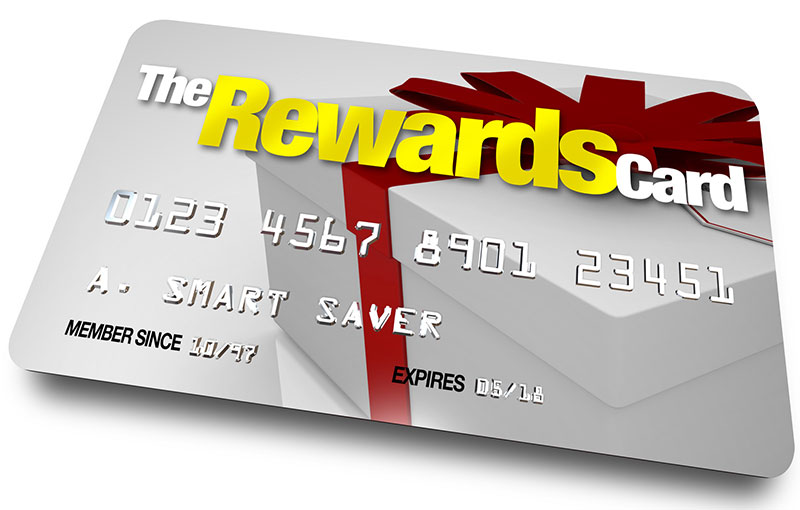
Rewards credit cards allow you to earn miles, points or even cash depending on your monthly expenditure. Many feature a rewards program, a loyalty program or cashback. Terms and conditions often include an annual fee. Rewards credit cards are a great option for people who travel a lot, especially if they tend to use a specific airline or hotel chain while making trips. These cards also tend to offer benefits for spending a certain amount of money in the first few months of their usage.
Cash Back Credit Cards

These are a type of rewards credit card but their feature is so specific, they are often categorised separately. They basically offer cash back on purchases made. You might get a flat rate on all purchases, or different rates for different purchases like groceries, retail, gas and travel.
Balance Transfer Credit Cards
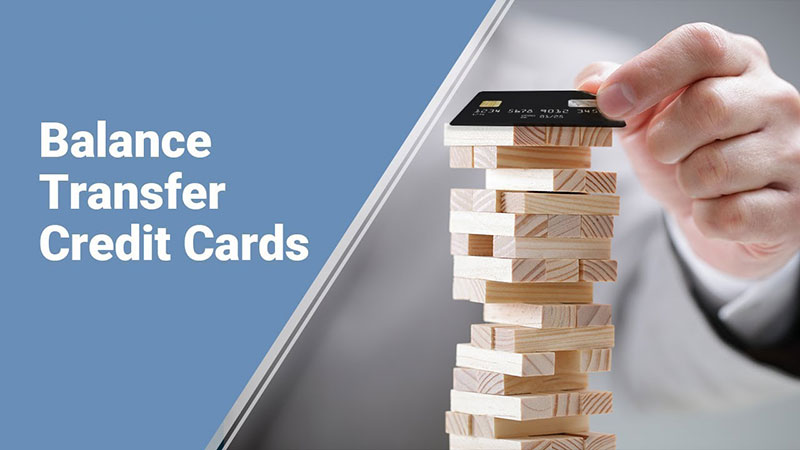
Balance transfer credit cards allow you to transfer your balance from an existing account with minimum or no interest charges for a specific period of time (although they usually impose a 3 to 5% fee on the transferred amount). They are often useful for people who have accrued credit card debt but planning needs to be done carefully as interest rates tend to rise substantially after the initial promotional period these cards are known for ends.
Low Interest Credit Cards
It’s always best to pay off your credit card debt in full each month. Or at least, as much as possible. But if you regularly carry a balance on your card, a low interest credit card will help you avoid racking up additional charges.
To qualify, you’ll probably need a good credit score because your lender will want to make certain that you’re low risk.
Student Credit Cards
Student credit cards are designed for people pursuing higher studies, taking into account that they have a limited credit history or none at all. They don’t have competitive rewards and benefits but they do offer better rates and fees, as well as incentives for timely payments or good academic results.
Secured Credit Cards
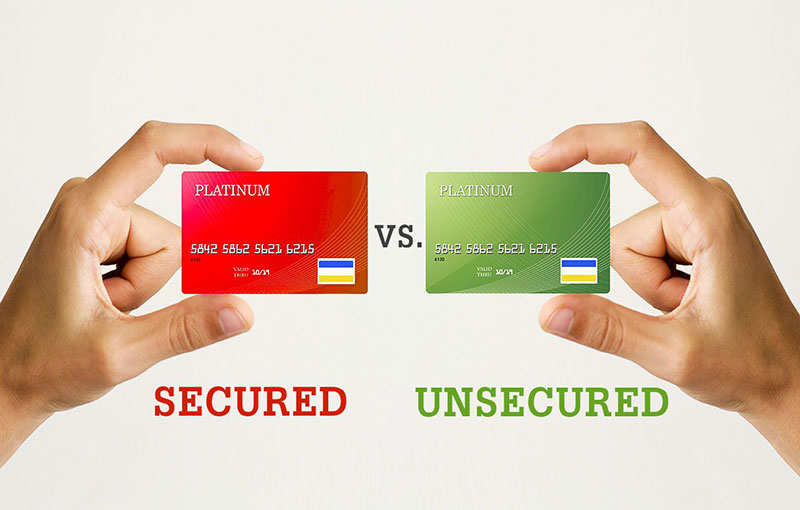
Most credit cards are unsecured. This means that they don’t need a security deposit and are more likely to offer rewards for purchases. They are also often not issued to people with a bad credit score. If you decide to get a secured credit card, your credit limit will be equal to your security deposit. This makes it easier to spend within your needs and with time, establish a positive payment history. As your credit score increases, you can begin to apply for unsecured rewards credit cards.
Subprime Credit Cards
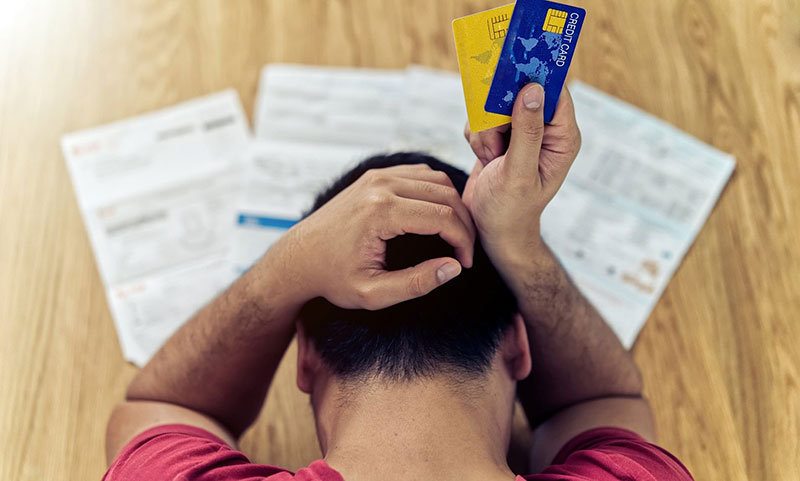
Any mention of subprime credit cards should be issued with a warning: these cards are geared towards applicants with a bad credit history but at the same time, have high interest rates and fees. Their approval rate tends to be quick, no matter how dismal the credit score, and the terms and conditions often deliberately confusing. Although strict laws have been created to control the issue of these cards, it is still a good idea to consider other options.
Charge Cards

Charge cards do not have a preset spending limit but the balance must be paid in full each month. As a result, they don’t usually issue finance charges or minimum payment charges. Late payments tend to be strictly penalised and are often subject to a fee, restrictions or even cancellation. A good credit history is often a must to quality for a charge card.
Prepaid Cards

Prepaid cards will require you to load a certain amount of money on to the card before using it. The cost of what you buy is withdrawn from the card’s balance. The spending limit will only renew after you’ve loaded more money on to the card. Prepaid cards are similar to debit cards but they are not linked to a checking account. Nor, for that matter, do they affect your credit score. Instead, they are often used as a convenient tool to spend within a budget.
Business Credit Cards
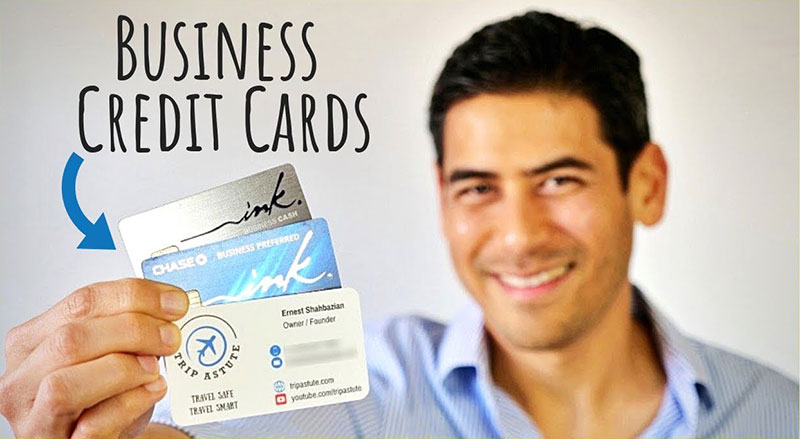
As the name suggests, business credit cards are specifically designed for businesses. However, if you apply for a business credit card, your personal credit history will still be taken into account because the card issuer will still need to hold an individual accountable. A business credit card has many of the same features as a traditional one: low introductory rates, cash back programs and rewards, for instance. But they also have additional benefits exclusively for those in the business world: separation of business and personal expenses, special business rewards and savings, expense management reports, additional cards for employees and higher credit limits.



